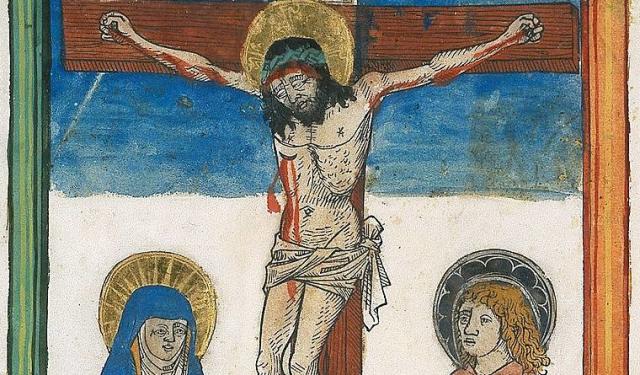When it comes to the life and times of one Jesus Christ, how much do we really
know? Although Christian iconography widely depicts Jesus as having
been nailed to the cross, historians claim there's actually not much evidence that crucifixions actually involved a hammer and nails.
As Dr. Meredith J. C. (coincidence?) Warren of the University of Sheffield explains for Discovery News,
Romans weren't always keen on piercing the hands and feet of those with
a cross to bear; often, they chose to affix them to the wooden posts
with ropes tied around their wrists (less messy, you know?). In fact,
some scholars have argued the original Biblical texts never actually
mention crucifixion, let alone nails, in relation to Jesus' death,
according to the Telegraph.

According to Warren, though, the other
components of crucifixion were exactly the nightmare you've always
pictured: painful and drawn-out, with victims eventually succumbing to
asphyxiation or exhaustion. Usually reserved for only the lowest of
status, it was also a punishment meant to publicly humiliate those who
suffered it.
Eyewitness reports from the scene on that
fateful Good Friday approximately 2,016 years ago are also conflicting.
Matthew, Mark, Luke and John all include the crucifixion event in their
Gospel accounts of Jesus' death, but only John references wounds in the
palms of the risen Jesus. The Gospel of Peter explicitly mentions nails
being removed from Jesus' hands.
Though
the exact method of crucifixion is contested, the symbol of Jesus on the
cross remains powerful and enduring in the Christian tradition, whether
his hands were bound or nailed.
No comments:
Post a Comment